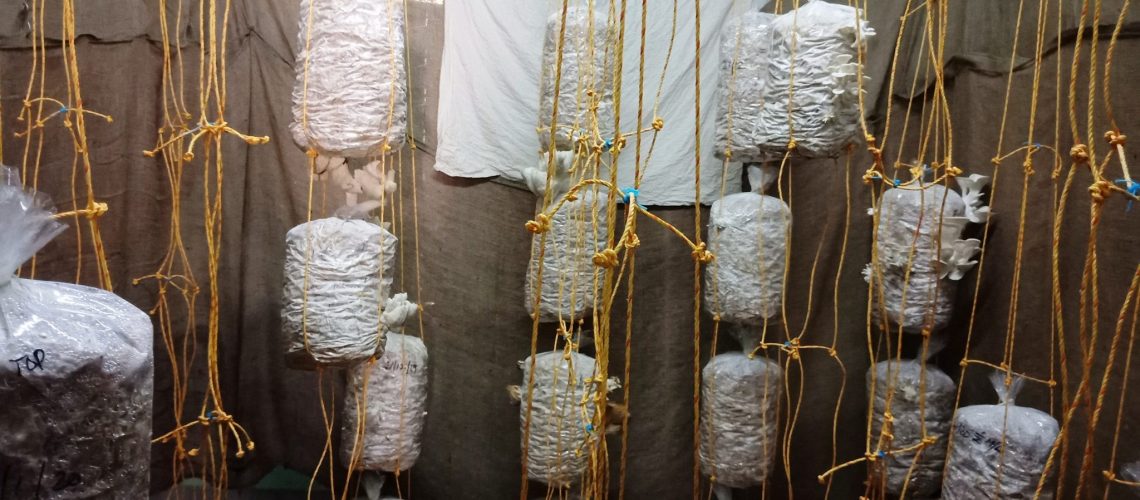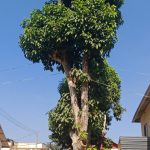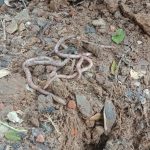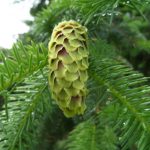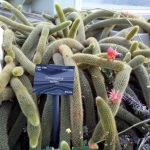GENE REGULATION –PART 1
- Gene regulation is an important aspect of Molecular Biology
- It is the genetic control of gene regulation
- Deals with gene action and its control
- Genes coding for a particular protein need not be active all the time
- They need to transcribe m-RNA only when a particular protein is required by the organism
- At other the gene could be switched off or kept away from transcription
- When needed the gene could be switched on or transcription could be resumed
- This is called regulation of gene action and many models have been proposed to explain
- Common among these is the Battery model for Eukaryotes and
- The Operon Model that is appropriate for Prokayotes
Gene Battery Model
- Proposed By Roy John Britten and Eric. H. Davidson in 1969
- Explains regulation of Protein synthesis in eukaryotes
- The model proposes – four classes of gene sequences for control of gene action in genomes of Eukarytoic multicellular organisms
- They are
- 1. Integrator gene
- 2. Producer gene
- 3. Receptor site and
- 4. Sensor site
- Integrator gene: synthesizes activator for initiation of transcription
- Integrator needs to be activated by the sensor site
- Sensor site in turn is activated by internal/external stimuli
- Producer gene is responsible for the production of the gene product i.e. Protein
- Receptor site is the site of binding of activator m-RNA to start the transcription
- This model is applicable to Eukaryotic genomes with split gene and is able to explain the presence of repetitive DNA
- Lacks experimental proof hence not applied widely
- But in the modern context many of the molecular biology puzzles are taken into account in the model proposed
Operon Model
- Proposed by Francois Jacob and Jacques Monad in 1961
- Explains gene regulation in Prokaryotic genomes where transcription and translation are simultaneous
- Can also be applied to monocistronic m-RNA in Eukaryotes
- Operons also found in viruses like bacteriophages
- Postulates the presence of a single Promoter gene that controls a gene cluster for a particular pathway
General Structure of Operon
- An operon essentially consists of two main Components 1. Regulatory Genes also called control genes and 2. Structural genes
- Regulatory Genes – generally present upstream of the structural genes and are involved in controlling transcription of structural genes.
- Regulatory genes may include an Inducer, Promoter and an Operator each having a special function
- Promoter is the site where the RNA polymerase binds to initiate transcription.
- Inducer is a sequence that is responsible for the synthesis of repressor protein that controls transcription
- Operator is a site after the promoter where the repressor binds to stop transcription
- Operator site has to be free of repressor to initiate transcription of structural genes
- Several operons in E.coli have been studied and based on mode of regulation 2 important types of operons have been recognized
(Diagram provided in the last page as a scanned file)
LAC OPERON
- First studied in Escherichia coli
- Explains the control of genes involved in the uptake and utilization of Lactose by E.coli
- Described by Jacob and Monad and has been experimentally proved based on the gene products of regulator and structural genes
- There are two parts
- Regulatory or Control genes
- Structural genes
- Regulatory genes are three regions commonly mentioned as i,p,o expanded as inducer, promoter and operator respectively
- Inducer gene need not necessarily be situated at the operon region.
- It can also be remotely present somewhere upstream of the Operon
- Inducer is responsible for producing an repressor protein that reversibly binds to Lactose
- Promoter is the region on the DNA to which the RNA polymerase enzyme binds to bring about transcription of the structural genes
- Operator is a part of the promoter to which Lactose binds when lactose levels fall and so transcription is stopped
- Structural genes – In the Lac operon there are three genes-Lac Z, Lac Y and Lac A
- Lac Z gene produces an enzyme called β-Galactosidase that breaks down Lactose to Glucose and Galactose
- Lac Y gene produces an enzyme called β-Galactoside permease that helps in uptake of Galactose into the cells
- Lac A gene produces an enzyme called Galactoside acetyl transferase that helps in the assimilation of galactose by the cells
Mechanism of action of Lac Operon
- Lac Operon controls uptake and utilization of lactose
- Should be switched on when lactose is present
- Should be switched off when lactose is absent
When lactose is PRESENT in the medium the following events take place:
- Inducer produces an i-m-RNA that produces a repressor protein which can bind at the operator region.
- Lactose binds to repressor and prevents it from binding to operator
- RNA polymerase binds to Promoter and Transcription takes place
- Enzymes are formed
- Operon is switched On
When lactose is ABSENT in the medium the following events take place:
- The repressor protein is not bound to Lactose
- Repressor binds to operator
- RNA polymerase is not able to move along the DNA
- Transcription is stopped
- Enzymes are not produced
- Operon is switched Off
